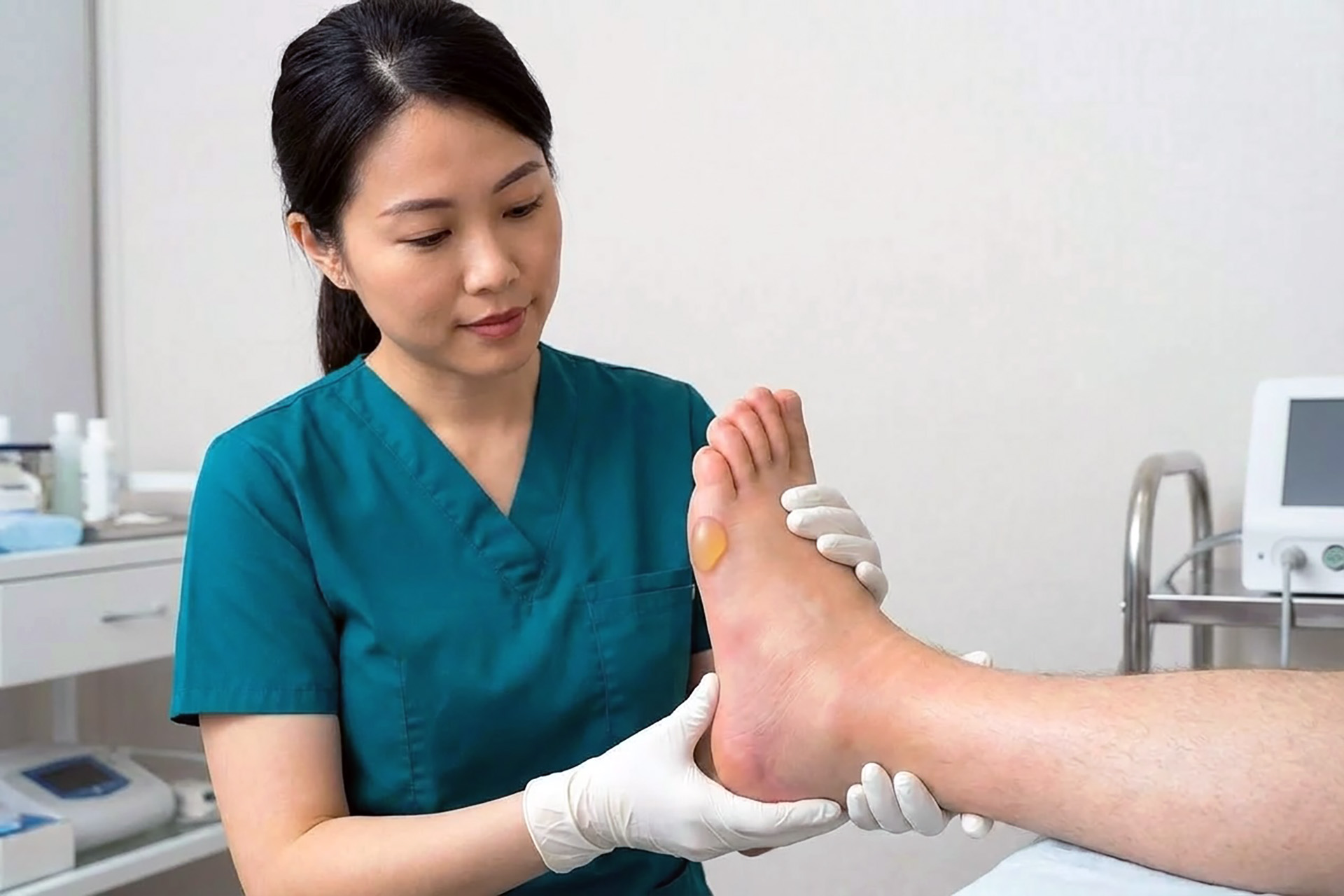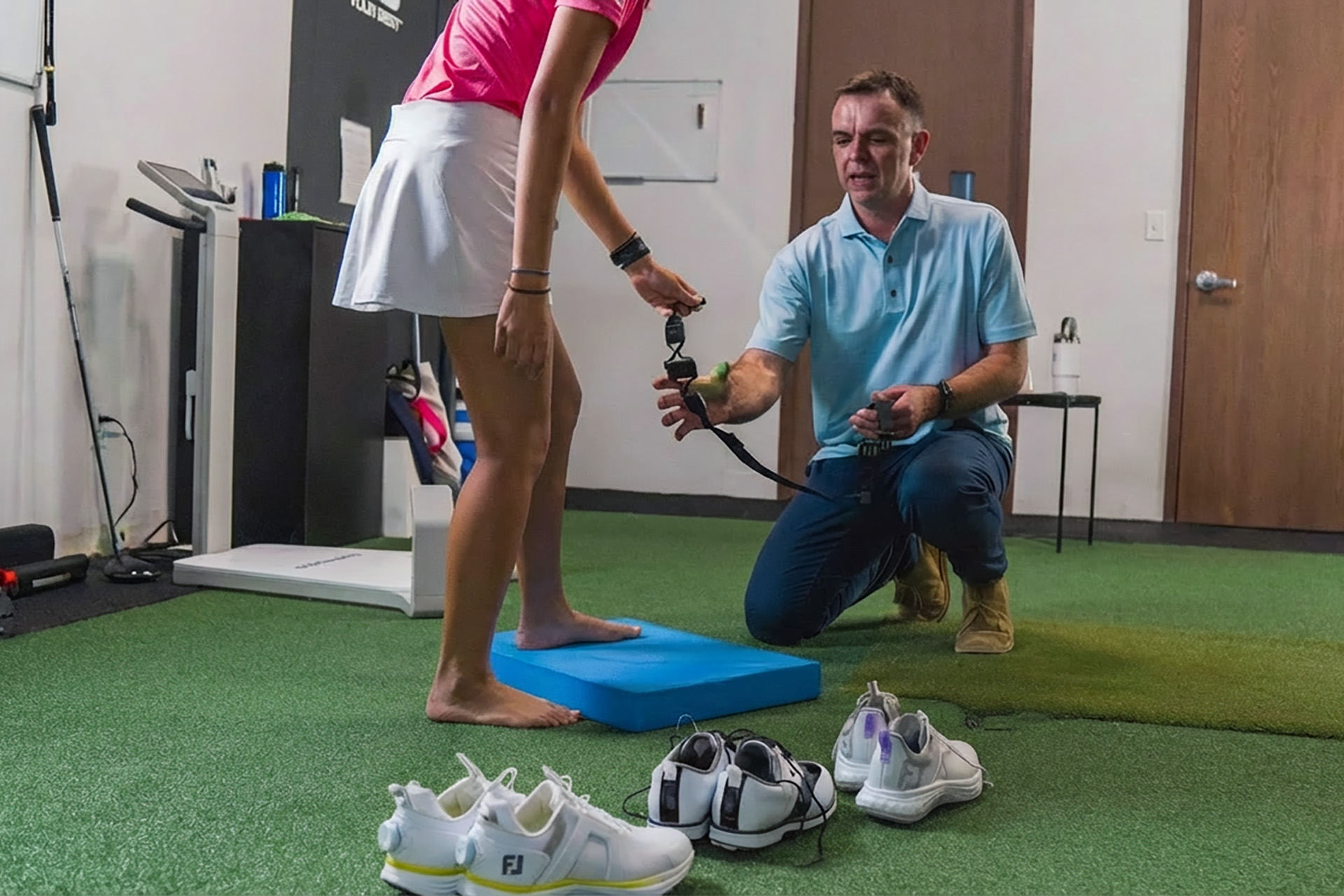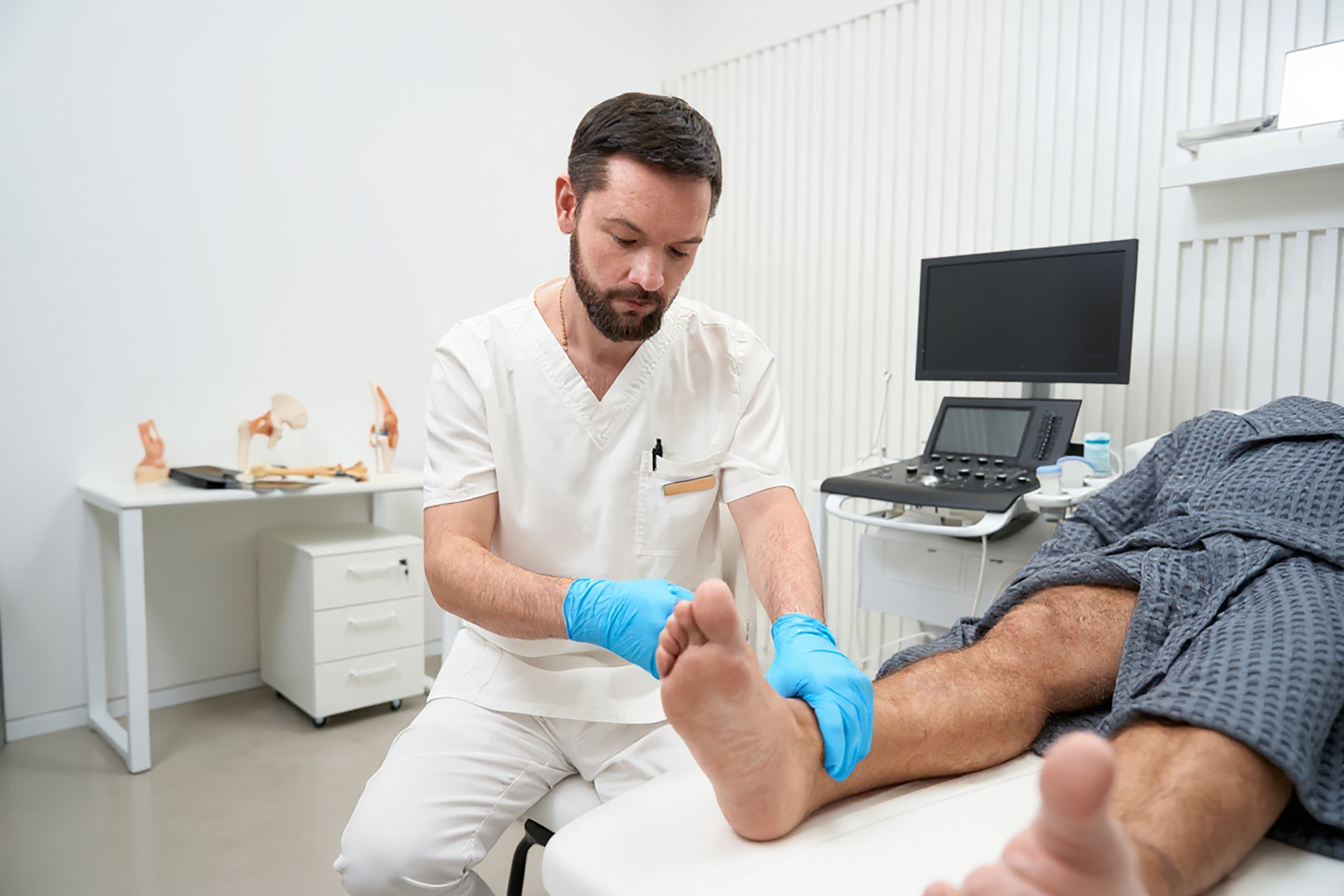Most kids think they’re invincible. They’re moving non-stop, often falling, getting back up powered by what may seem like a boundless energy source. That can also make it difficult to know when your child is injured, especially if they’re used to bouncing back. This is what makes stress fractures in children more insidious.
The condition can go unnoticed if your child isn’t articulating their discomfort properly. In some cases, untreated stress fractures can result in avascular necrosis, a condition where bone tissue dies due to a lack of blood supply, leading to permanent damage and disability.
How Are Stress Fractures in Children Different From Stress Fractures in Adults?
To begin, it’s important to note what a stress fracture is. A stress fracture is a small crack in a bone and is more common in the lower half of the body. That’s largely due to how the body absorbs impact, with the lower limbs taking on more of the impact during movement.
That relationship to the bone makes stress fractures in children different from those in adults. A key difference relating to bones is growth plates. Growth plates are located at the end of long bones in children, and they’re made up of cartilage. They’re there to aid in bone growth and solidify into hard bone over time. That also means they’re more susceptible to damage and are weaker than the rest of the bone.
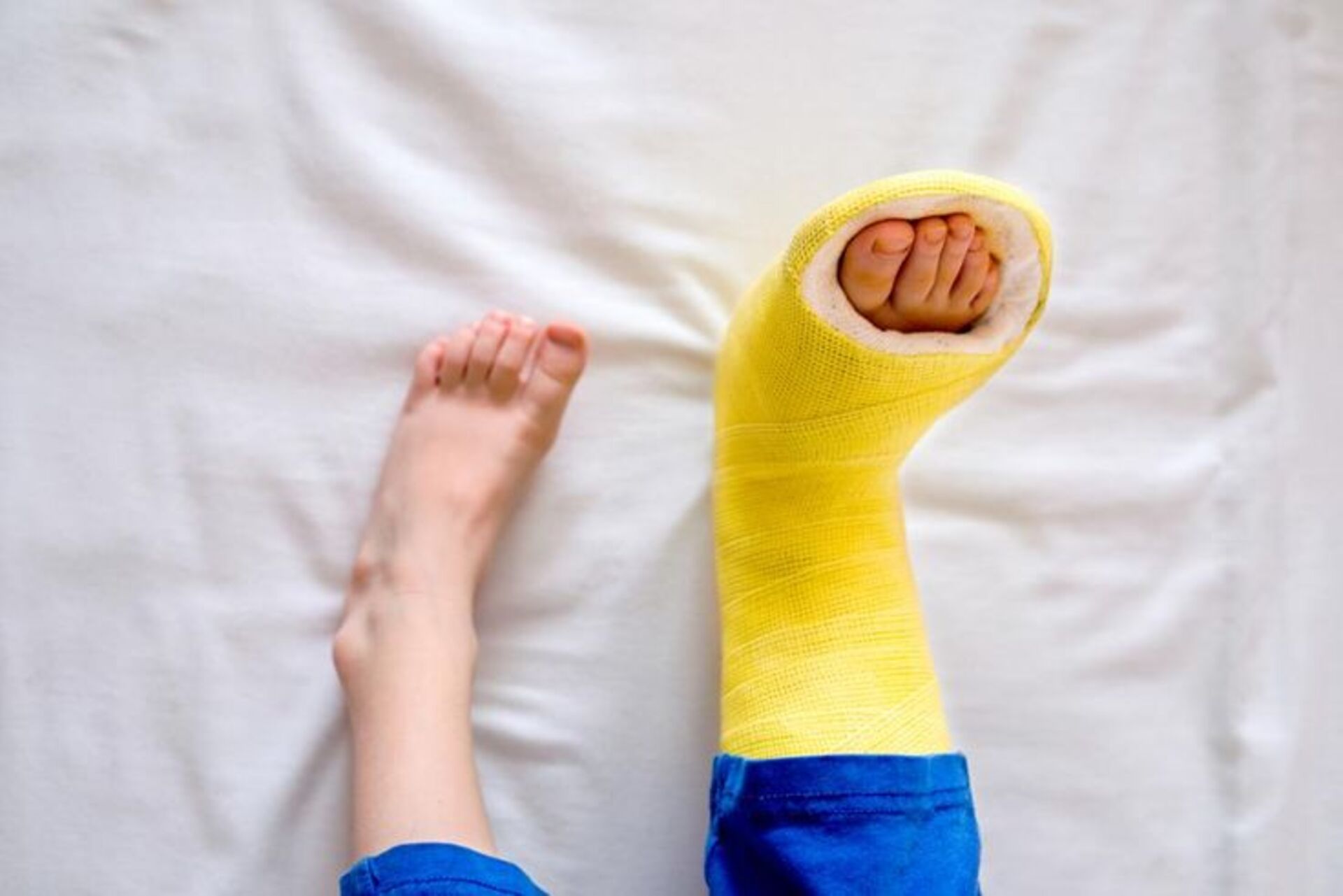
At the same time, children’s bones are still developing and growing. This has a dual effect: their bones are more flexible and able to absorb impact. This lower bone density also means the bone can sustain damage more easily.
How Do I Know If My Child Has A Stress Fracture?
It’s difficult to tell if your child has a stress fracture for two main reasons: children may not be able to articulate their symptoms, and if they are, those symptoms are similar to other growth-related discomforts. It’s not uncommon for the symptoms of a stress fracture to sound like growing pains. This is especially so if the stress fracture is located around the growth plates, where growing pains happen. They may be unable to communicate their discomfort or note a persistent pain in a similar area.
It’s worthwhile thinking about your child’s activities if you suspect a stress fracture. Are they physically active to the point of overexertion? Are they repeating rote movements, or are they sprinting on hard surfaces? Are they undergoing an intense training regime? All of these are risk factors that contribute to stress fractures.
However, you should not try to diagnose them on your own. Bring them to a paediatric podiatrist or a medical professional who can correctly diagnose your child. They will also be able to offer you a range of management options for your child’s recovery.
Managing Stress Fractures in Your Child
As children’s bones grow, they can recover from their stress fractures through rest, activity modification, and nutritional support. These non-invasive options give your child a steady base from which to recover from their injury. This doesn’t mean your child needs to stop moving. You can modify activities, for example, switching to swimming from running if your child enjoys movement. In more severe cases, there may need to be a protective brace to offload stress from the afflicted area while it recovers.
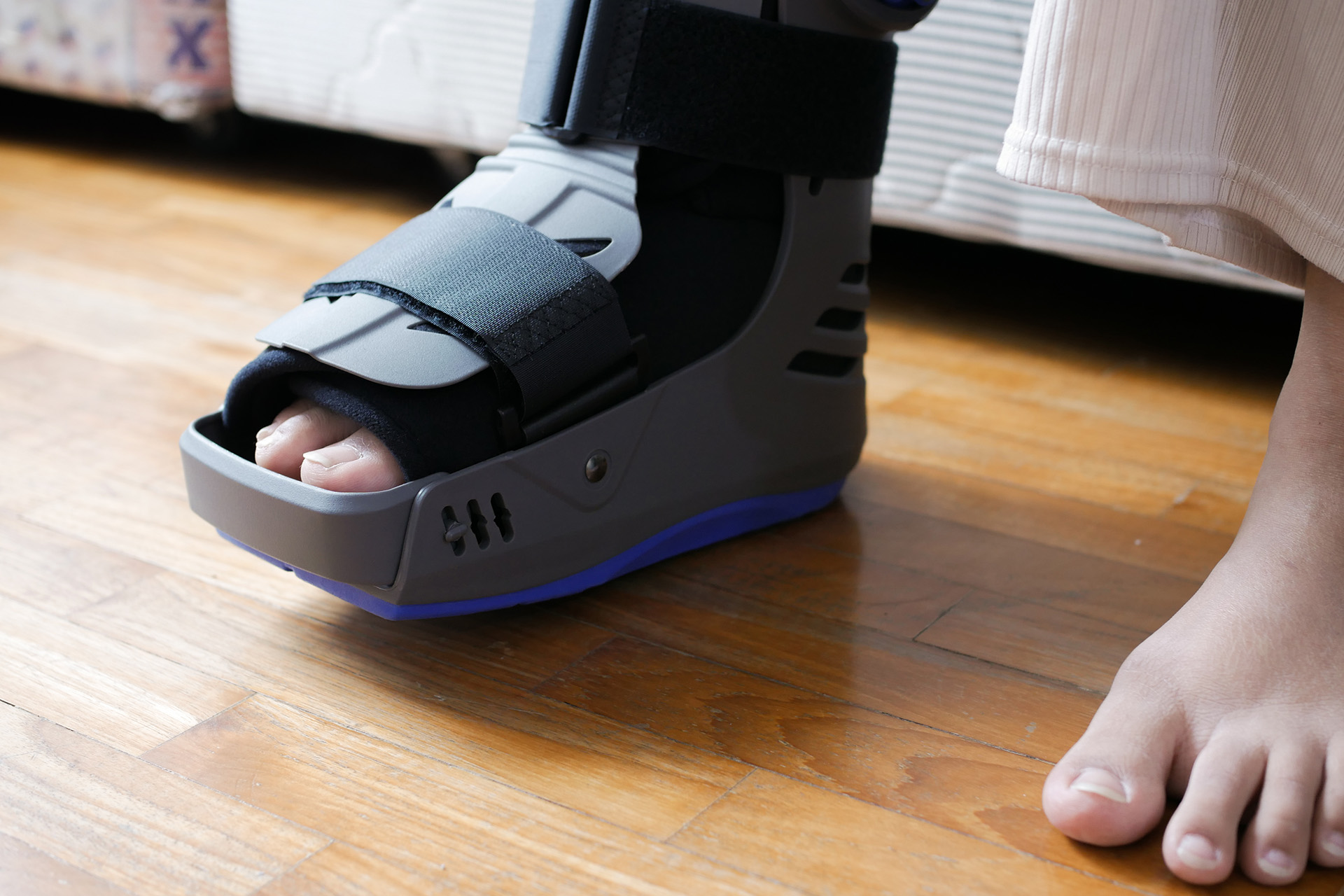
Though a stress fracture can recover over time, it’s important not to neglect the long-term ramifications. A biomechanical assessment can ensure your child hasn’t taken on bad habits to overcompensate for their injury. A 3D gait analysis is one option for this assessment; another worthwhile option is a footwear assessment from a paediatric podiatrist. Both these can make sure your child is getting back on their feet in the right way.
If you’re concerned about your child’s foot health and/or suspect a stress fracture, make an appointment with a paediatric podiatrist at The Foot Practice today to move in the right direction.


